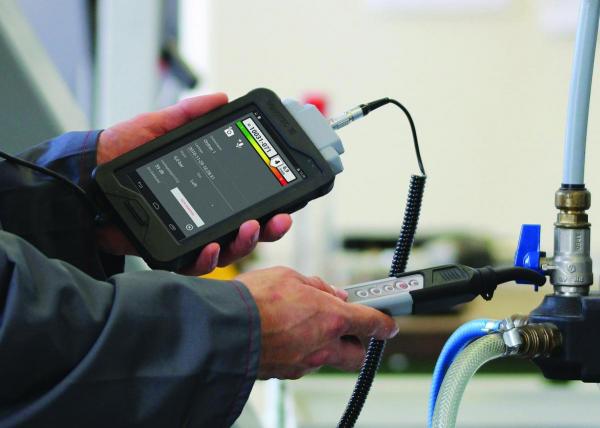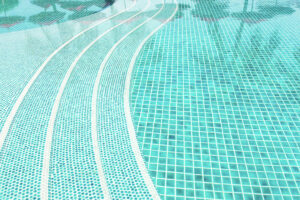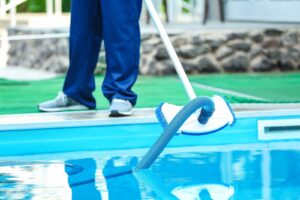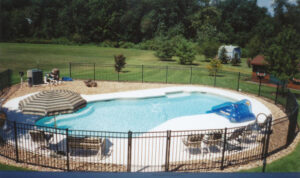A swimming pool is a significant investment that provides relaxation and entertainment, especially during hot summer months. However, owning a pool also comes with responsibilities, such as regular maintenance and repair. One of the most common issues pool owners face is leaks. Even small leaks can cause significant water loss, leading to higher water bills and potential damage to the pool’s structure. Fortunately, technology has greatly advanced the pool leak detection and repair industry, making it easier and more efficient to detect and fix leaks.
Camera Systems
One of the ways technology has improved pool leak detection is through the use of camera systems. Camera systems can identify cracks, holes, and other issues that are not visible to the naked eye. These cameras can also locate leaks in hard-to-reach areas, such as the pool’s main drain. By pinpointing the exact location of the leak, technicians can perform a targeted repair, reducing the time and cost of the repair process.
Thermal Imaging
Thermal imaging technology allows technicians to detect leaks by identifying temperature changes in the pool’s water. This technology is especially useful for detecting leaks in concrete or gunite pools, where the leaks are often difficult to locate. By using thermal imaging, technicians can quickly and accurately locate the leak, making the repair process more efficient.
Pressure Testing
Pressure testing is another common method used to detect leaks in a pool. Technicians use specialized equipment to pressurize the pool’s plumbing system, making it easier to detect leaks. This process can be done manually or with the use of advanced technology. Pressure testing is an effective way to detect leaks in the plumbing system, and it can save time and money by identifying leaks early.
Ultrasonic Technology
Ultrasonic technology is a newer method used to detect leaks in a pool. This technology uses sound waves to identify leaks, and it can locate leaks with extreme accuracy. Ultrasonic technology is especially useful for detecting leaks in vinyl liner pools. By using ultrasonic technology, technicians can locate leaks without the need for excavation or disruption to the pool area.
GPS Mapping
GPS mapping technology is used to map out the exact location of leaks in a pool. This technology is especially useful for large commercial pools, where leaks can be difficult to locate. GPS mapping allows technicians to pinpoint the exact location of the leak, making repairs more targeted and efficient.
Efficient Repair Techniques
In addition to improving the detection of leaks, technology has also made pool leak repair more efficient. New leak repair materials and techniques have been developed to make the repair process quicker and less invasive. For example, some leak repair materials can be injected into the pool’s plumbing system without the need for excavation. These innovations reduce the need for major excavation and disruption to the pool area, making repairs more efficient and cost-effective.
Conclusion
Technology has significantly advanced the pool leak detection and repair industry in recent years. Camera systems, thermal imaging, pressure testing, ultrasonic technology, and GPS mapping are all advanced methods used to detect leaks with accuracy and efficiency. These technological advancements have also made the repair process less invasive and quicker, reducing disruption to the pool area. As technology continues to advance, we can expect even more efficient and accurate pool leak detection and repair methods in the future. Regular pool maintenance and leak detection are essential to keep your pool functioning properly and prevent costly repairs. By utilizing the latest technology, pool owners can save time, money, and water, ensuring their pool remains a source of relaxation and enjoyment for years to come.





No comment yet, add your voice below!